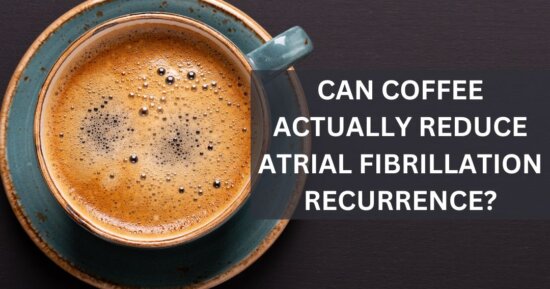Science
A. L. Klatsky
For centuries, multiple medical risks of heavy alcohol drinking have been evident with simultaneous awareness of a less harmful or sensible drinking limit. The increased risks of heavy drinking, defined as three or more standard-sized drinks per day, are both cardiovascular (CV) and non-CV. The CV risks include the following: (i) alcoholic cardiomyopathy (ACM), (ii) systemic hypertension, (iii) atrial arrhythmias, (iv) haemorrhagic stroke and, probably, ischaemic stroke. By contrast, modern epidemiological studies have shown lower morbidity and mortality amongst light–moderate drinkers, due mostly to a reduced risk of coronary artery disease (CAD), with contributions from ischaemic stroke and heart failure (HF). A low level of alcohol drinking has no clear relation to increased risk of any CV condition, except for haemorrhagic stroke. There is good evidence that supports the existence of mechanisms by which alcohol might protect against CAD, but the mechanisms for other alcohol–CV associations remain unclear. Interrelationships amongst the CV conditions affect the individual alcohol–disease relationships; for example, lower CAD risk in light– moderate drinkers is to a large extent responsible for the reduced HF risk. International comparison data plus the presence of proposed beneficial nonalcohol components in wine (particularly in red wine) suggest that this beverage type might afford extra CAD protection. However, the effect of beverage choice is confounded by a healthier drinking pattern and more favourable risk traits in wine drinkers. Debate persists about methodological and public health issues related to the epidemiology of alcohol-related CV disease.












